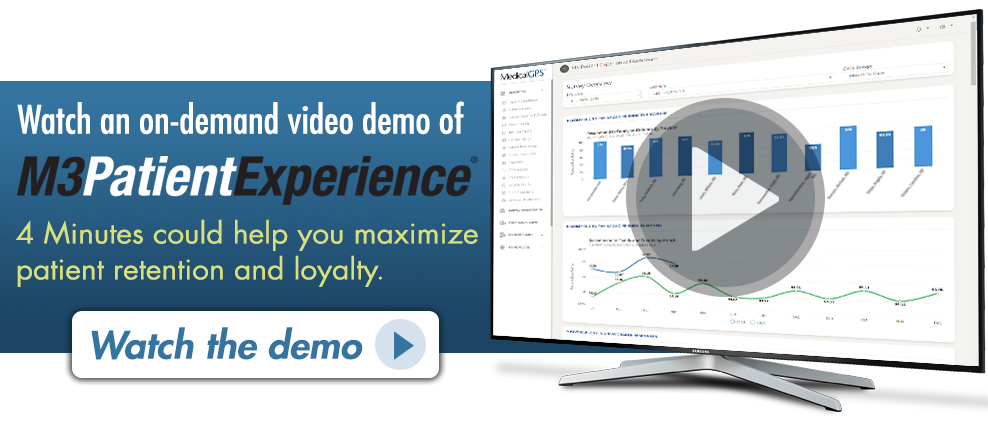The US Department of Labor reported that by 2024, translation and interpretation will grow by 29%. The post-pandemic situation has also intensified the demand for medical interpretation.
What makes it different from other forms of interpretation? To practice medical interpretation, interpreters must comply with HIPAA requirements and are knowledgeable of medical terminologies besides being fluent in different languages.
The two main types of medical interpreting we will discuss are simultaneous and consecutive interpretations. Simultaneous interpretation is when the interpreter delivers the speaker’s words in real-time. Consecutive interpretation has a bit of delay between the speaker’s words and the interpretation.
If you want to learn more about medical interpreting and how to use it in different medical situations, keep reading to learn more about it!
 1. Emergency Situations
1. Emergency Situations
During emergencies, language barriers can negatively affect the medical treatment of the Limited English Proficiency (LEP) patient. Medical professionals need clear communication with LEP patients to get their medical backgrounds and diagnose them properly.
Failing to communicate with LEP patients can be life-threatening, especially if the patient has a pre-existing condition.
 2. Telehealth and Patient Satisfaction
2. Telehealth and Patient Satisfaction
Many medical practitioners use telehealth or a virtual visit because of the pandemic. Through telehealth, healthcare is more accessible to their patients, enhancing their personal experience.
Through virtual visits, patients can quickly get consulted, which would have taken some time in a traditional setting. Medical interpreters can join telehealth consultations without being physically present in a clinic, making the communication more fluid.
One significant benefit of telehealth is that patients have access to 24/7 healthcare. Through a patient portal, medical interpreters can help schedule their appointments and better communicate with health professionals. Patients can contact medical practitioners through their smartphone, laptop, or tablet.
Those living in rural areas or experiencing limited mobility because of old age or medical conditions can use telehealth and medical interpretation to get immediate medical attention.
But some visits to the doctor may require a physical, but for common illnesses, like diarrhea, fever, headaches, sore throat, and stomach aches, you can have the consultation through telehealth. Any serious medical issues that require examinations, lab results, and more, must be done with both doctor and patient physically present.
We’ve listed some examples of how telehealth works:
- Using a laptop or mobile device to visit a doctor remotely
- Upload logs on a website
- Watch a video about healthcare on YouTube
- Use an app for heart rate monitoring
- Use an online patient portal to schedule a doctor’s visit
- Order medications online
- Get email text or phone reminders
- Use a wearable watch for blood pressure monitoring
 3. Hospital Care
3. Hospital Care
Several studies reported LEP patients experiencing poor hospital care because of language barriers. The tests saw that making interpretation more available increased LEP patient satisfaction because issues of language barriers went down.
Medical interpreting also enhanced the coordination between LEP and healthcare professionals leading to an overall improvement in medical care.
Through medical interpretation, doctors can build trust with their LEP patients. It increases the chance of LEP patients returning for their follow-up consultations. It also ensures that they correctly follow instructions.
 4. Scientific Research
4. Scientific Research
Like any other scientific discovery and research, medical interpretation is used to communicate with subjects or promote the researchers’ study. This study showed just how scarce the presence of interpreters in medical education is. It stated that integrating interpreters into medical education could help students gain sustainable skills and improve the medical care of LEP patients.
For medical professionals dealing with international research, they will need interpretation for various reasons:
- To inform LEP Patients and Subjects on the procedure of the study
- Looking for funding from international donors
- Promoting research to an international audience
5. Conferences
Medical conferences are the best way healthcare providers can gain new insights and techniques from prominent researchers. It’s also an excellent way to promote your research to a broad audience.
But because of the pandemic, many conferences take place through Zoom and other virtual conference platforms. Medical interpreters are best suited for these events because of their medical knowledge and expertise.
The type of interpretation will depend on where the conference is held. If televised, the simultaneous interpreter will sit in a soundproof box to relay in real-time the events. Consecutive interpreters are used in an in-person conference. The interpreter will sit next to the speaker, relaying with a time delay from the speaker to the interpreter.
Medical interpretation at medical conferences will be divided into manageable time sections so the audience and interpreter can better understand the speaker.
 Other Uses for Medical Interpreting
Other Uses for Medical Interpreting
- Increased privacy for the patient – Privacy is increasingly becoming important in terms of medical interpreters, who only express what the patient wants to relay to them. Interpreters are required to keep all patient-doctor interactions strictly confidential.
- Use of technology – Medical interpreting lowers language barriers when we use telehealth technology. It also encourages LEP patients to use them if language issues are lessened. With how technology continues to develop, it will no doubt improve patient engagement and welfare.
- Sensitive Issues – Not all behavioral or medical concerns can be discussed over the phone or the video and may require an in-person consultation. LEP patients and healthcare providers can trust medical interpreters to safeguard the LEP patient’s information.
- Surgery and Other Operations – Of course, healthcare professionals won’t need medical interpretation during a surgery. But the doctor can use it before and after surgery with the patient to ensure that all the diagnoses are correct and provide high-quality medical care.
- Laws, policies, etc. – Ideally, the law will ensure even those with limited income to healthcare can both afford and access healthcare. There are health programs, but few LEP is aware of them. Medical interpreting can help patients understand local health laws and access to government-based programs.
 The Future of Medical Interpretation
The Future of Medical Interpretation
Medical interpreting can potentially improve patient outreach and patient health. It can also change the way providers interact with LEP patients and become more culturally sensitive. As time goes on, interpretation will only grow more advanced and further influence the healthcare industry.
Forbes reported that with the rise of patient care-centric models, the medical field is finding new ways to make healthcare more accessible through IoT and 5G technology. Communicating with patients in remote areas will become easier, reducing the number of in-patient consultations, and lowering US healthcare costs.
Through Medical interpretation, it will ensure that LEP patients can communicate with health providers more efficiently, and improve the quality of healthcare. The pandemic aggravated the prevailing language barrier issues in the healthcare community. The advancement in technology will hopefully make access to language-based services more attainable.

Please let us know if you have comments or questions, and subscribe to our Email Updates, so that you can be assured to receive Thinking Thursdays TIPs and other articles from our blog.

